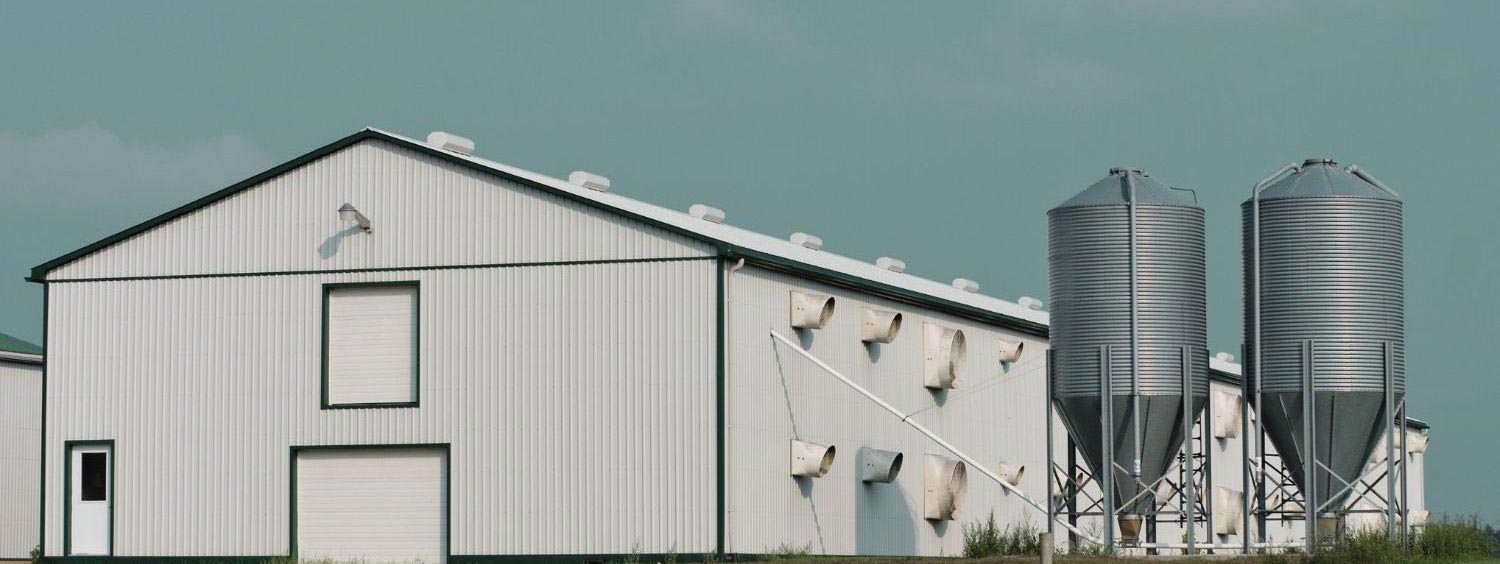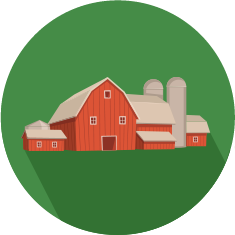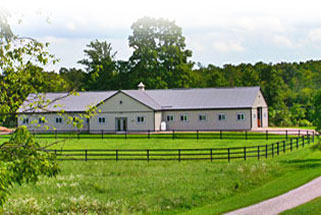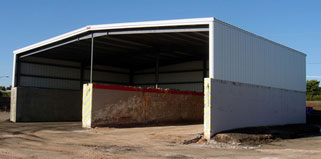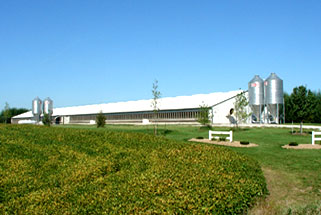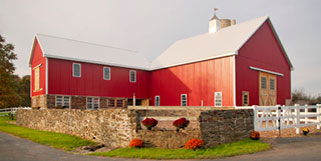When severe weather or a devastating fire impacts agricultural operations, estimating the cost of feed bins can prove a difficult task. Grain storage capacity ranks among the many costly investments incurred by growers and ranchers. But a wide range of factors makes it increasingly challenging to separate current value from actual replacement cost. That’s why people in the farming community rely on the Douglas Agricultural Cost Guide to provide accurate rebuild estimates they can trust.
Why Estimating Replacement Cost of Feed Bins Remains Challenging
The Douglas Agricultural Cost Guide uses many of the fundamental cost estimation concepts to arrive at an accurate replacement cost. Height, diameter, and capacity all play a role in determining value. But several elements specific to feed bins sometimes result in decision-makers undervaluing these assets. These include:
Depreciation
Data indicates that not every facet of feed bin systems loses value at the same pace. For instance, a corrugated hopper bottom bin on gravel loses value about 10% annually. By contrast, a flat bottom unit on concrete depreciates at a 4% rate. The point is that growers and ranchers are likely taking tax deductions and adjusting insurance according to values that do not necessarily relate to replacement costs.
Materials
The type of materials and design also play a pivotal role in value and replacement cost. On farms, Galvanized corrugated sheet steel is widely used in a cylindrical storage bin for grain, rice, or corn. But more robust and expensive steel is the preferred material in many commercial-grade structures. To say the replacement cost differs significantly would be something of an understatement.
It’s also important to include seemingly peripheral elements when estimating the replacement cost of feed bins. The accompanying aeration system, slabs / foundations, and unloading augers sually must be replaced as well.
Douglas Cost Guide Delivers Reliable Feed Bin Estimates
Estimating the replacement cost of feed bin systems involves careful calculations and up-to-date knowledge of applicable regulations. Livestock facilities must meet guidelines set by the National Farm Animal Care Council as well as municipal building codes. For growers and ranchers to arrive at a reliable replacement estimate, they are tasked with looking past depreciation and understanding how much feed bins and / or commodity storage will cost today, tomorrow, and next year. Because the Douglas Agricultural Cost Guide accounts for the most current cost drivers, it remains the go-to resource.

